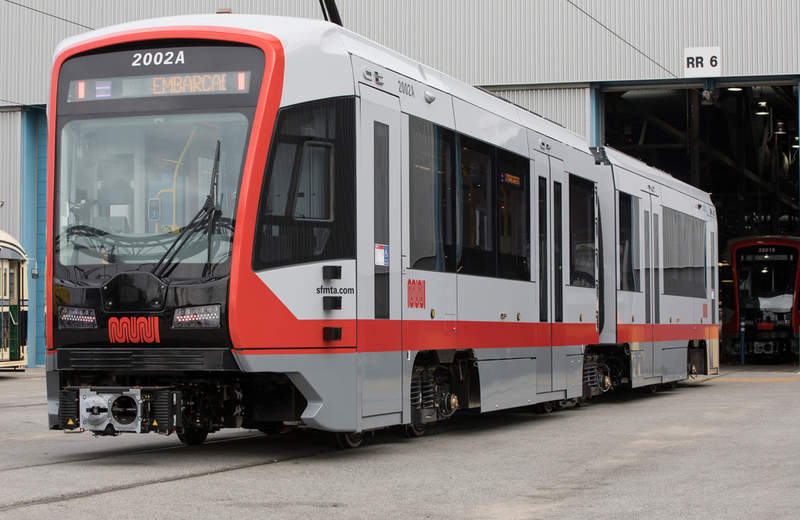
The first of the new Siemens-built light rail vehicles (LRVs), which are based on the company’s Model S200, has commenced commercial service in San Francisco, US.
Siemens is set to deliver a total of 219 light rail vehicles for San Francisco’s Municipal Transportation Agency (SFMTA) as part of a $648m deal that was signed in September 2014.

Discover B2B Marketing That Performs
Combine business intelligence and editorial excellence to reach engaged professionals across 36 leading media platforms.
The original contract covered the delivery of 175 vehicles, with the option of additional 85 cars.
All of the new LRVs will be built at the Siemens plant in Sacramento, California.
Siemens Mobility Division CEO Sabrina Soussan said: “The start of the revenue service is an important milestone not only for Siemens and SFMTA, but also for the more than 700,000 passengers who use San Francisco’s transportation system per day.
“The new trains will contribute to the growing demand for mass transit in the booming metropolis.”

US Tariffs are shifting - will you react or anticipate?
Don’t let policy changes catch you off guard. Stay proactive with real-time data and expert analysis.
By GlobalDataSFMTA’s new vehicles will be equipped with an LED lighting system that will use up to 40% less electricity compared to previous models.
They are also expected to feature a new seating configuration, as well as interior colour schemes and exterior designs.
SFMTA Transportation director Ed Reiskin said: “An incredible amount of work went into making sure these state-of-the-art, once-in-a-generation vehicles are going to work well for Muni riders for many years to come.
“When we initiated the contract, it was the largest light rail vehicle contract ever awarded in the United States and we are pleased that this project is ahead of schedule.”
The new vehicles are intended to replace the Breda LRV2 and LRV3 trams, which originally began operating in 1996.





